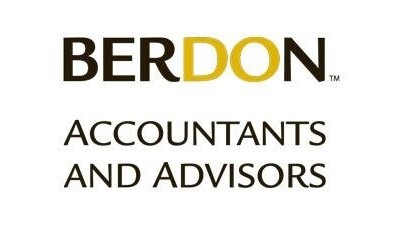Knowing New York’s Tax Rules Lets CRE Owners Be Prepared For An Audit

Property owners and managers in New York are prime targets for state taxing authorities.
As development in Long Island promises to enhance transit-oriented districts and the New York City skyline continues to expand with redevelopment and new construction, developers must understand the sales tax implications of their activity. Knowing whether a project constitutes an exempt capital improvement or taxable repair and maintenance service can safeguard against costly, unexpected assessments and misguided overpayments.
Capital Improvements vs. Repair And Maintenance Services
Capital improvements are classified as any addition or alteration to real property that:
- Substantially adds value to the real property or extends its useful life;
- Is permanently affixed to the real property so that removal would cause material damage to the real property or article itself; and
- Is intended to become a permanent installation.
If a construction project meets all of the above criteria, it will be exempt from New York State sales and use tax. Prime examples of capital improvements are ground-up construction projects and gut renovations of existing structures.

According to Berdon LLP Tax Supervisor Michael Gelbtuch, the last point is most difficult to prove, because intent is subjective, but auditors will often look to see whether the property stays with the lessee or the landlord after lease termination to validate.
“It should also be noted that certain portions of these projects may not qualify for all facets of the exemption,” Gelbtuch said.
Projects that do not fit within the capital improvement exemption are generally considered repair and maintenance activities and are subject to sales tax.
Any work performed for the purpose of keeping real property in good working order, ensuring readiness or restoring real property to working condition constitutes repair and maintenance activity. According to Berdon LLP Principal Terrence Avella, activities that fall under this category include fixing a crack in the roof of a building or installing certain appliances like dishwashers, dryers and washing machines.
Who Pays The Tax?
“Although the above rules seem straightforward, in practice they are more complex,” Avella said. “Generally, the taxability of a construction project and the bearer of the liability depend on who performs the services and who purchases the materials.”

An owner who chooses to purchase the raw materials for a project and supply the labor may bear a greater tax burden than one who uses a third-party contractor.
In the latter scenario, if the project qualifies as a capital improvement, the contractor is deemed the ultimate consumer of the materials and is responsible for paying the sales tax, while the labor would be exempt.
Alternatively, if the contractor performs repair and maintenance services, the owner is responsible for the sales tax on the materials and labor.
“Regardless of the type of project, someone will generally be responsible for paying tax on construction materials, with the exception of construction services that are performed for a tax-exempt organization,” Avella said.
Capital Improvement Traps
The determination of what constitutes a capital improvement is frequently a point of contention when companies are under a sales and use tax audit in New York.

"The first thing assessors will typically consider is the scale of the work being done on a property, and significant expenditures for a remodel of an office, apartment complex or hotel could be red flags,” Avella said. “Knockdowns have always drawn attention, but now, any type of rebuild, even if not substantial, can too.”
Takeaways
Gelbtuch advises owners and managers to carefully review and discuss their projects with their tax professionals before beginning work. Together, they can make the appropriate taxability determinations.
“These laws contain many intricacies and nuances that property owners and management companies must be cognizant of,” Gelbtuch said. “Even minor errors can generate significant assessments upon audit due to the enormous costs associated with the construction and renovation of real property.”
To learn more about this Bisnow content partner, click here.

